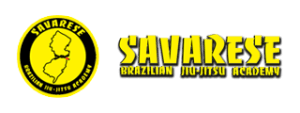First contact in Jiu-Jitsu
First contact in Jiu-Jitsu
First contact in Jiu-Jitsu is important. Establishing a point of first contact with your partner starts the ball rolling is vital. When you face a swirl of pummelling legs and the snapping grips of an aggressive partner, it can be intimidating. This is one of the places where a clear first step becomes important. We often favor advancing on a partner “behind the handsâ€, much the way that a boxer will stay behind the jab, using it to gauge distance and create angle. The purpose of these initial grips isn’t always control. In fact it can be hard to gain much control over someone’s powerful legs with your arms. Instead it’s the chain’s first link, a connection that allows you to feel where their movement is and what its quality is like – frantic, effortful, smooth, erratic. After you’ve made this first contact you have your first data point. From there you can begin to unfurl your strategy accordingly. As in other endeavors you face, crossing the threshold into the unknown can be the most difficult step. But many of the imaginary concerns you have evaporate once you’re actually engaged, because you’re occupied with action rather than anxiety.
